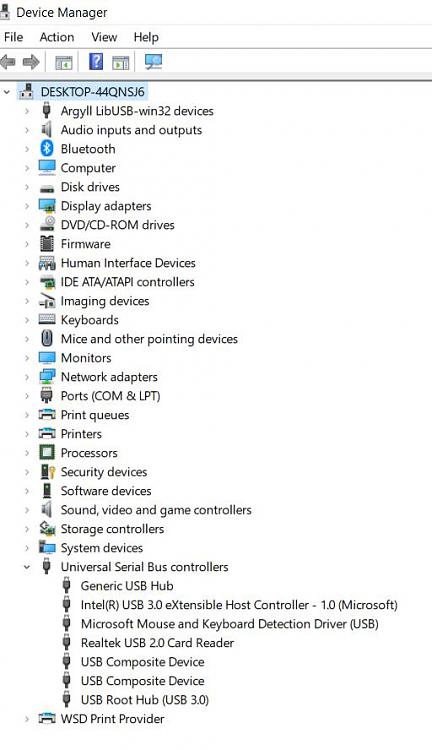
- #Displaycal not recognizing spyder 4 how to
- #Displaycal not recognizing spyder 4 full
- #Displaycal not recognizing spyder 4 software
As long as the color space of the photo workflow is sRGB or AdobeRGB, the calibration target will be 6.500k color temperature and Gamma 2.2.
#Displaycal not recognizing spyder 4 how to
(The reason why this is necessary and how to ensure the best possible room light level is described on the following page.) Now calibrate the monitors with SpyderX Elite and its StudioMatch feature. This all starts in a dimly lit room set to approximately 100 LUX. Because this will be done in a linear way with the feature “SpyderTune”, the calibration will keep its accuracy, but match the white point as best as possible. The only way to match the second monitor to the primary one is to visually adjust the correct calibrated monitor in terms of its white point to the main monitor. This can’t be corrected by a sensor, because this is an individual compensation, varying from person to person. In the same moment, the white point compensation doesn’t fit to the second monitor anymore.

The human eye (here it was the camera) always compensates for the white point of the main light source, which is mostly the bigger and brighter monitor right in front of the user. The same effect occurs using two monitors – sometimes more, sometimes less. In the images on the right side, the white point was first set to daylight, second to the CCFL lights in the right showcase and third to the halogen lamps in the left showcase. But if there are two monitors side by side, they will differ in their color spectrum (even if both devices are LED screens). Like a camera, the human eye can only compensate one light source type at a time. This is affected by personal white point correction. This has nothing to do with the calibrator, rather it’s about human color perception. Point 5: Visual matching will always be necessary if you want to match monitors.
#Displaycal not recognizing spyder 4 full
In this case, when a file is moved from one monitor to the other, the full color correction will be applied in the moment you drop it (releases the mouse button) onto the appropriate monitor. Opened files need to stay on one display only. Only an overlapping window (between two monitors) won’t work, even when using one of the properly working tools mentioned. The latest Firefox, Photoshop (all versions), Lightroom or other image editors handle color spaces extremely well. Microsoft’s Internet Explorer is one example, as is the Preview tool in Windows.
#Displaycal not recognizing spyder 4 software
Point 4: Some software tools don’t support color management. It is important that the video card needs a separate LUT for each connected monitor. While the white point will be handled by the image editor or browser, the linearization will be flashed to the LUT of the video card. This includes white point correction as well as linearization of the color primaries via LUT (Look Up Table) of the video card. Point 3: The computer system needs to handle all connected and monitors that are being used with full color management capabilities. Simple displays with TN panel technology are more affected than better IPS panels, for instance. Also, the angle of view often changes the color perception. This includes even the color of the background behind the monitors and the desk’s color. For this reason, it is very important to keep all conditions equal. Point 2: Room light conditions as well as any color surrounding your monitor will influence your color perception. Colors within the sRGB color space are covered by both and can be matched closely by following this article. If one of the devices is a wide gamut monitor (which covers AdobeRGB) while the other covers a standard gamut only (sRGB), then higher saturated color outside sRGB can’t be reproduced by that standard monitor. Monitor calibration will optimize and correct color output on a display, but it is not able to improve the physical quality. Point 1: If you want to match monitors, consider that they mostly differ physically.


One important thing that we want to mention right in the beginning of this article: You need a flexible and accurate calibration tool that is made for technically matching and visually tuning the color output of computer monitors, such as SpyderX Elite. Matching two monitors requires us to keep in mind five important points that we describe within the next few pages. When two or more monitors are calibrated with a sensor like SpyderX and the software reports a successful calibration and the monitors don’t match visually – is there something wrong with the calibration?

Two calibrated monitors should have the same color output, shouldn’t they? Software must support color management and be used correctly.Full color management for all monitors is required.Monitors are not used in the same way, even standing side by side.Color output on monitors don’t match after calibration – why does that happens?


 0 kommentar(er)
0 kommentar(er)
